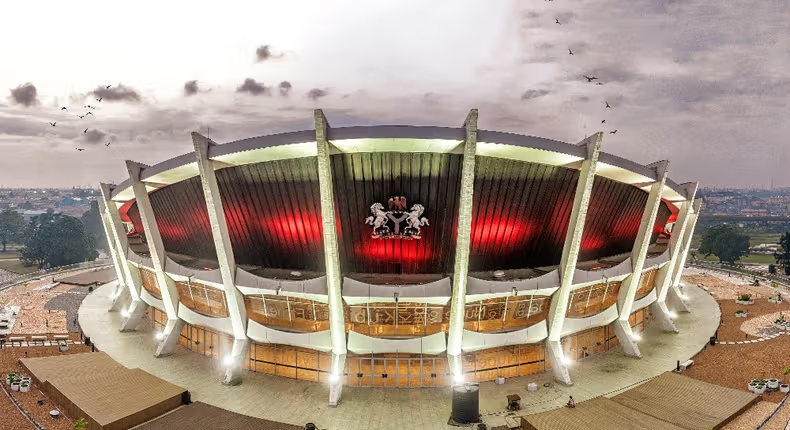For years, the National Arts Theatre in Lagos suffered from neglect and disrepair, leading to a decline in its status as Nigeria’s primary center for the performing arts. The last significant event held in its main bowl was the 1994 screening of the renowned film Ayanmo, directed by the late Hubert Ogunde.
However, following a much-anticipated renovation, the National Arts Theatre is regaining its former glory, thanks in large part to the Bankers’ Committee. This revival, which commenced in July 2021 after receiving Federal Government approval, is timely, reflecting Nigeria’s booming creative sector.
Historical Significance
Constructed during General Yakubu Gowon’s military regime and completed in 1976 under Olusegun Obasanjo, the National Arts Theatre features an architectural design similar to the Palace of Culture and Sports in Bulgaria, albeit on a larger scale. Its completion coincided with the Second World Black and African Festival of Arts and Culture (FESTAC ’77), which remains the most monumental event ever hosted at the iconic venue.
The Renovation Transformation
Described as a “king’s palace” that has been restored to opulence, the renovated National Arts Theatre is a breathtaking sight. The extensive renovations encompass various spaces, including:
- 4,000-seater main bowl
- 3,000-seater banquet hall
- Exhibition halls
- Cinemas
- VIP spaces
- Actors’ changing rooms
- Industrial kitchen
- Over 300 new toilet cubicles
- Clinic and fire station
Additionally, major upgrades to match global theatre standards include a complete replacement of the HVAC system, along with improvements to power, water supply, and sewage systems.
State-of-the-Art Facilities
The theatre’s interior has been transformed into a wonderland, featuring:
- Advanced Audio Video Lighting (AVL) systems
- A world-class stage engineering system
- 17 lifts, including dumb waiters
- Solar power integration
- New furniture and restored artworks on the internal wall panels and façade
The exterior has not been overlooked, with refurbishments to the three entrance gatehouses, the construction of four themed landscapes, and a parking block that accommodates 250 cars. The addition of a ring road, external street lighting, and CCTV cameras further enhances security and accessibility.
A Vision for the Future
During a tour of the renovated monument, Lagos State Governor Babajide Sanwo-Olu expressed his amazement, stating, “Upon completion, the Wole Soyinka Centre for Culture and the Creative Arts (National Arts Theatre) will not only be for arts, tourism, and culture but will also provide a venue for the international community to convene for conferences and enjoy world-class performances.”
The revitalization of the National Arts Theatre marks a significant milestone in Nigeria’s cultural landscape, paving the way for a bright future where arts, culture, and international collaboration can thrive. As it stands, the theatre is poised to reclaim its role as a cornerstone of Nigeria’s vibrant performing arts scene.

